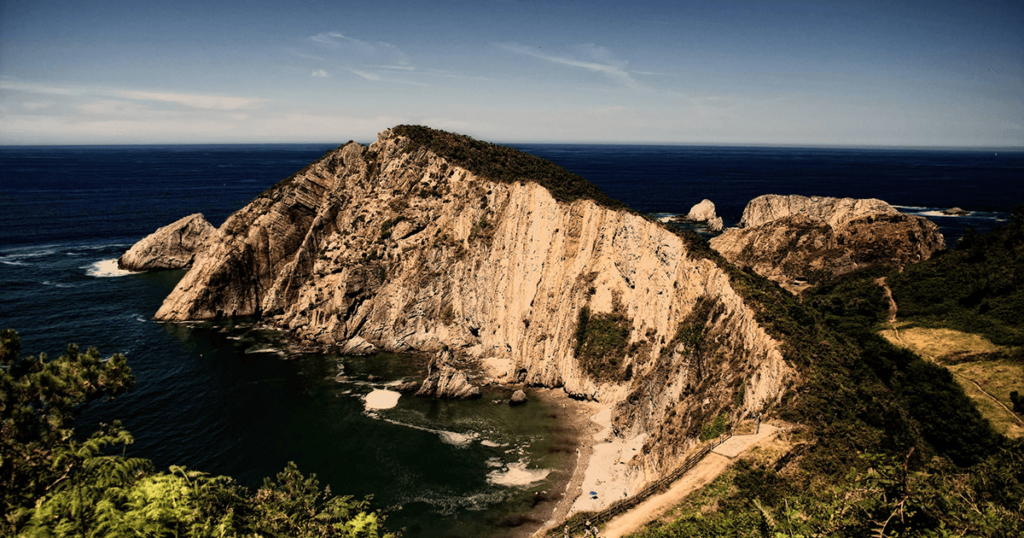
The landscape of my early childhood was flat, and the season I remember was winter, with a biting wind bearing down from the Great Lakes to the north. You could hear it howl, but you could feel it, too, digging under coat flaps and yanking at your hood. It accosted my brother and me in the streets as we hurried heads down to Ellwood Elementary and then as we hurried home. Girls had to wear skirts or dresses to school at all seasons of the year, but no rule kept us from wearing long pants underneath, and I did, until we moved from the plains of Illinois to the mountains of Colorado. There I saw snow-capped peaks from our yard. The cold numbed your fingers but inside your parka you kept warm.
In the Spanish province of Asturias, where I live now on the fringe of coast between the flat expanses of the Bay of Biscay and the ridges of the Cantabrian Mountains, I have a little of both of those earlier worlds: cold damp winds blow in from the ocean to the north while out my windows to the east I see the Sierra del Sueve and to the south the Sierra del Aramo, where snow sticks through late spring in the rocky crevices at the top, glinting silver in certain light.
The Cantabrian Range makes a border between Asturias and the bulk of Spain to the south. When I moved here in the mid-’90s, I came over these mountains on what’s called the Ruta de la Plata, the Silver Route. Now the name of the highway running from the Asturian coast in the north all the way south to Seville, it follows the Roman-built trade road, called the Vía de la Plata, itself following the routes used by the prehistoric Astures. After the Romans, the Moors pushing north in their conquest of the peninsula used the road, and the Visigoths pushing back in the Reconquista used it too. In some stretches, the paving stones have been in place for more than 2,000 years. Though some say the name Vía de la Plata comes from the silver, plata, mined in Asturias, a more likely origin is the Arabic word al-balat, meaning cobbled, or the Latin lata, meaning wide. In any case, the road was used long before the mines were exploited, and endures still after their closure, people having always come and gone.
The peaks looming ahead as I came north became mountains at my back. I have them to edge up against with valleys to sink into, a place to hide, where you are dwarfed by big rocks and big shadows; I also have the exposure of standing alone at ocean’s edge, the tallest object and yet so small, looking out to where last light gleams on the water.

